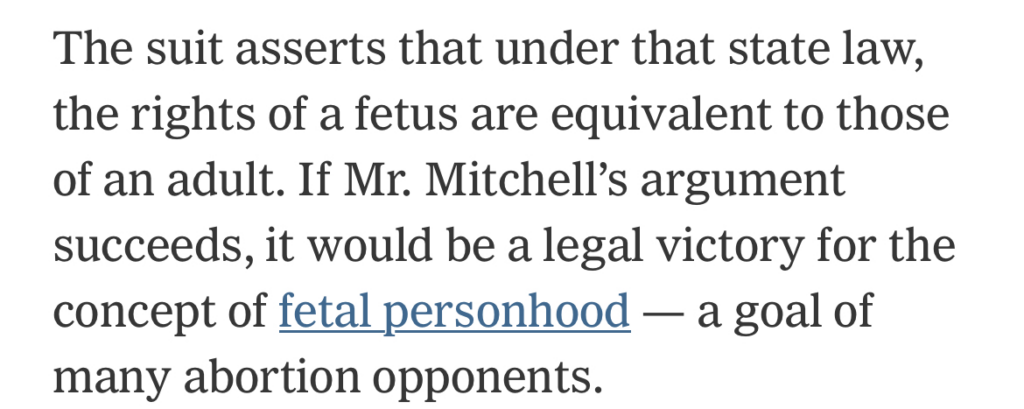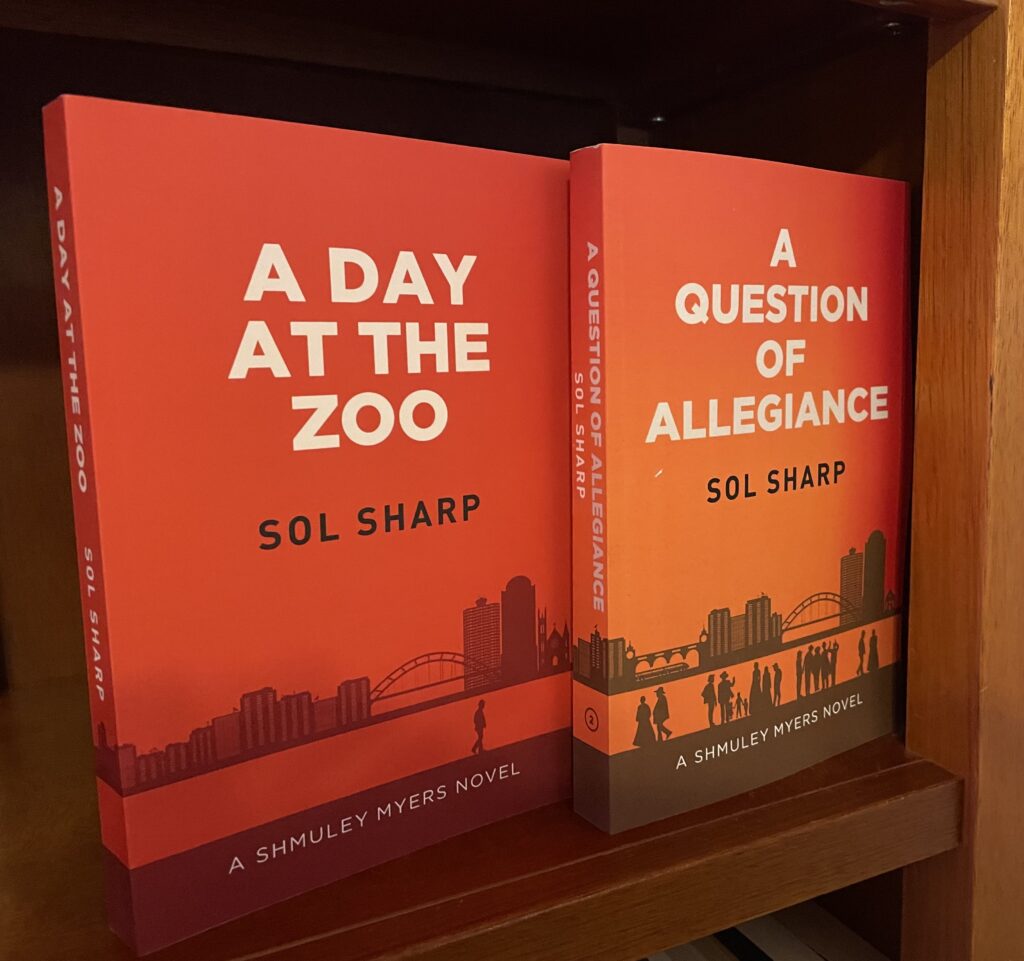Finally, the upcoming novel! I made my last edits while on an Alaska cruise, “enjoying” COVID symptoms as I finished with the last scenes. Caught a lot of interesting glaciers, all in retreat or dissolution, helped in part by the ship’s massively polluting engines. I wasn’t going to walk from Texas to see it, so…it was the way to go.
A shout-out to Grammarly for giving my editor a run for his money on the ticklish grammar. (Robin comes out way ahead, given the tricky “Shmuley-speak” of the narrator’s sentence construction.) The last piece in the way is the dust jacket. For some reason, this one’s harder to get down than the first two. But I Shall Prevail. Still looking for a publish date in early October.
Buy A Day at the Zoo
Buy A Question of Allegiance
Without further ado, here’s the excerpt:
The scene, from where I stood on the steps of the Followers of Faith Christian Church, looked like the petting zoo of a serial killer. As a Haredi—ultra-Orthodox Jew raised in a Yiddish-speaking neighborhood—this was like watching aliens land. But for an APD homicide detective, the overtime pay was enough to buy a whole week of food. So, keeping peace at a church event was something I would suffer. Hopefully, no one would give me work for mine real job: homicide detective.
On top of the church, at mine back, flew a flag, green and gold in four quarters on a shield, with three purple lambs going across it at a diagonal. Didn’t see this before in the church. You should have it on a flag or something. Like an American flag at a used car dealership it waved, so big it was. Like the church building itself big.
Families disgorged from cars at the far side of a long oval driveway, which circled a bright green grass lawn, each in clothing fancy, as if for services. Not Subsid clothing could I see in the mass.
People walked from there to a fenced pen. Dozens of baby sheep inside it wandered in a broken chorus, crying for their mothers. When not eating the lawn. Their last supper. The smell of manure came and went on the breeze. Already there must have been five thousand people. The event, as listed, said they expected ten. Where outside all those people would fit I wasn’t sure. Certainly not on the grass, which into quarters was split, with clear spaces between for ambulances or police vehicles to quickly get inside the crowd.
A main street ran beyond the driveway. All around the church were low, sooty cement Subsid apartments. All alike, except only with different graffiti on them. The bright spring morning only showed the buildings off with more squalor. Mine grandparents told us stories of before the Amendment, when the president was Nixon. When families could be as small as they wanted. Before being pregnant and not having a baby was murder. Before, when people had things to take or use so as not more babies to bring into the world. Before Subsid became living a life when not enough for people there were jobs. Before the Preborn Investigation Bureau—the PIB—and its investigations of what was in sewers to tell of pregnancy. Before GodMother inquisitions for miscarriage. PIBniks, fech.
The church was like an egg in a nest of sticks. A colossal bubble rising, with columns like Greek temple columns all around it. Below the flag, a cross bloomed at the dome’s crown. Fancier by far than the State Capitol building. Almost exactly like a British royal orb it looked. Only greenish, from the copper roof. And tinged with the soot that covered everything, eventually.
Many of the men in the in the crowded swirl were dressed in white, thin robes with a fabric strip to tie it shut. Exactly like our Jewish kittels. Only on some holidays we wore them—and were in them buried, instead of in a coffin.
I adjusted mine police hat, then tugged at mine service belt. A little tight on me it was. Tight enough to keep mine equipment from falling down. As a detective sergeant in APD’s homicide squad, this for me wasn’t mine usual dress.
“Bored, Shmuley?”
Lieutenant JJ Dawson above me towered by a foot. Mine uniform was just tight; his was custom for him fit. On his face a smile flickered. Dawson was for us detectives the mother hen. Also, our slave driver—and the backup we needed sometimes against the Austin Police Department’s bureaucracy.
“This uniform makes me itch,” I said. Thanks to the Religious Freedom Act, mine usual “uniform” was more traditional: black felt hat with a hatband (no feather, please), black jacket, pants, and shoes. And a white shirt, collar open. Under mine hat a black fabric yarmulke. And under mine shirt a fringed undershirt. Both reminders that we were, from other religions different and held to a high standard. “The penguin suit,” mine mostly charming squad mates called it.
“Welcome to my world.” Lieutenants wore mostly dress uniforms. For all their important meetings to go to. After a moment, down the steps he went to make a circuit. He, like me, was for overtime pay working, so it wasn’t like now he was mine boss.
In the line of parishioners, the men in the families passed money or Subsid vouchers to a man in a white robe with on his head a flat, round, white hat, like a tambourine. A priest, maybe? The priest to the husband or oldest boy gave a small white box.
From the top of the steps I took a break and walked down to the front, near the animals. Nearby was Michael Midas, another Austin homicide detective. Aka, the Golden Boy. With blond hair, too.
He nodded at the zoo. “Do you have this ceremony at Jewish churches too, Myers?”
“We call them synagogues, actually,” I, with a smile, took the sting off the correction. “We ultra-Orthodox Jews, I mean. But no. This is new for me. Is this something your church does?”
His head he shook. “Nah, we just have prayer services a couple of times a week, and a big one on Sunday. Easter’s a longer service, at dawn. This is one of those churches that tries to do things the old biblical way, but for rich folks. Kind of fundamentalists.”
I didn’t know. Not mine biblical way, for sure.
“Although,” he continued, “I’m thinking maybe we won’t have lamb chops this year.”
A bleat came from the large, fenced pen. Three baby sheep got somehow their heads together and tangled in the fencing. A couple of the teenagers, their boots shmeared with animal dung, trotted over to save them from themselves.

